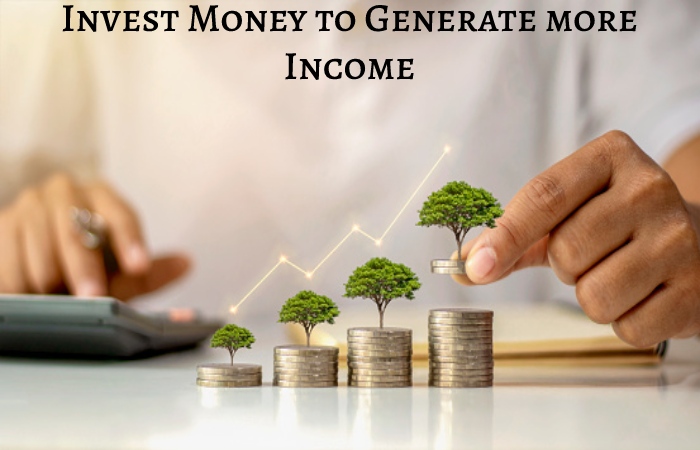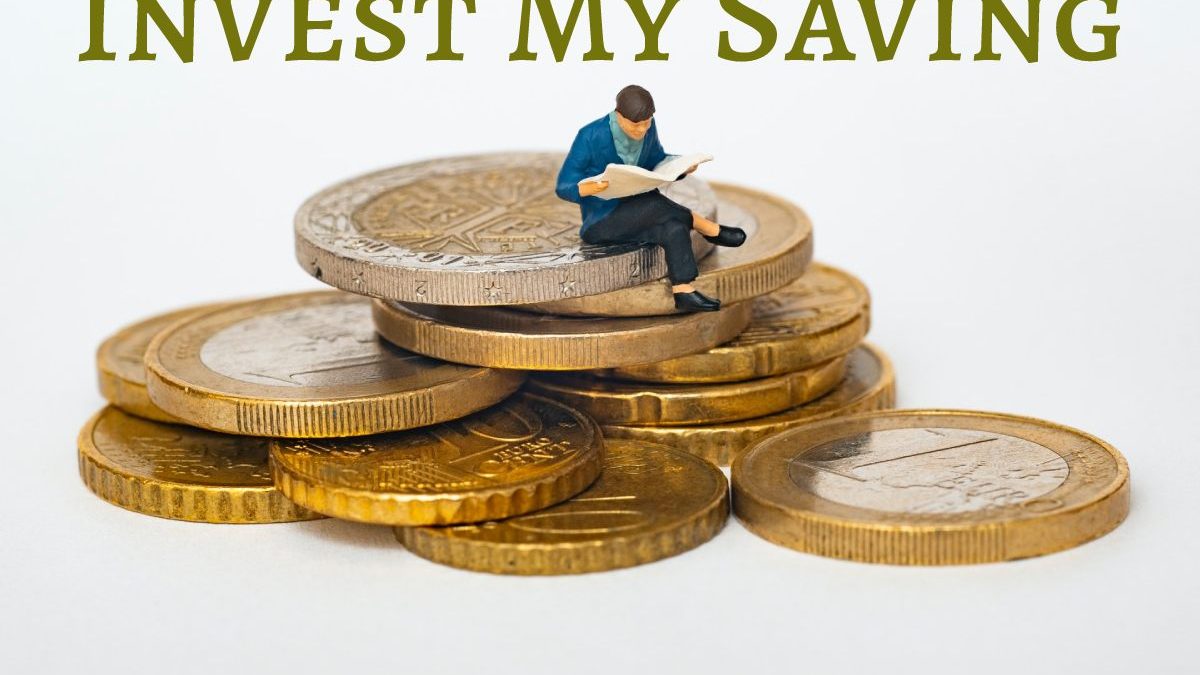Invest My Saving – Saving is one of the fundamental aspects that allow us to enjoy good financial health since it enables better response to unforeseen situations. The achievement of objectives such as the purchase of a vehicle, and, ultimately, greater stability throughout our lives. Next, we will tell you some ways in which we can invest it.
When we talk about savings, most people automatically think of those amounts of money that they have saved in their checking accounts after receiving the income generated by their salaries. For example, and meeting payment obligations and other needs, such as the weekly purchase in a supermarket or the payment of the rent. Static money, on various occasions, serves to increase the economic response capacity in the face of different unexpected situations that arise but that do not evolve into anything else, such as the breakdown of an appliance.
For this reason, many of them have thought of allocating part of their savings to investments that allow them to obtain profits after putting the money into circulation. If they decide to do so, they must consider a series of basic aspects. Next,
Table of Contents
We Review What they are and their Meaning:
- Profitability: It is the percentage that reflects the gains or losses concerning the capital invested.
- Risk: This is the degree of security of investment. The lower the risk, the more the return will be reduced.
- Volatility: It is a measurement of the behaviour of a financial asset, such as a share. Thus, it analyzes how the price has evolved, comparing a specific time, which allows us to see the risk of the investment.
- Liquidity: It is the ability of an asset to be converted into cash.
- Term: refers to the temporary space in which individual performance is achieved.
- Diversification: It is one of the most popular terms when we talk about investments. It is a technique that consists of distributing our money in different assets. In this way, the risk of loss will substantially reduce.
Where can I Invest Money to Generate more Income?

Once we have seen the aspects that should consider if you want to invest, below we review some of the most popular options that can help give life to our savings.
-
Open a Savings Account:
it is a banking product encompassed within bank accounts in which the client deposits a certain amount of money on a recurring or occasional basis. Depending on the rates established by the bank, this amount will generate interest to receive. Although you cannot have an overdraft, unlike current accounts, it coincides with these in other aspects, such as the immediate availability of money through a branch or ATM. This type of account may have associated commissions for opening, maintenance or different assumptions derived from its management.
-
Hire a Pension Plan:
it is a product through which a client deposits, punctually or periodically, a certain amount of money. Managers make a series of previously agreed investments to make the amount profitable and obtain benefits. When the beneficiary reaches retirement and so wishes. He will be able to withdraw this amount through a series of monthly instalments that he will receive; that is, through an income. However, if he wishes, he can also redeem all the available capital at once.
-
Participate in Investment Funds:
in this case, the Collective Investment Institutions (CCI) combine the contributions made by investors. So that professional managers manage them in different products or projects to obtain a fixed, variable or mixed return.
-
Obtain Public Debt:
it is one of the systematic ways by which the government of a country obtains financing. It consists of the loan of money by an investor in exchange for the government entity returning the same amount together with interest within the agreed term. These conditions vary depending on the type of debt that acquire: for example, in Spain, there are, among others, State bonds, issued in the long term (between three and five years); or Treasury bills, published in the short time (less than two years).
-
We Have the Green Bonds:
a typology whose objective is sustainable within the Bonds. Thus, they use to obtain financing allocated to develop projects that help combat, for example, the devastating effects caused by climate change. This type of investment incorporates ESG criteria. Whose acronym refers to the environmental, social and good governance aspects that make an investment sustainable.
-
Acquire Shares of Private Entities:
one way to activate the part of our savings is by operating in the stock market through the purchase and sale of shares – units into which an organization’s social capital divide. This option cannot carries out directly by the interested party but must do through the services offered by authorized professionals known as brokers. Although all our financial decisions must have prior knowledge, it is essential due to the constant change in world economies.
-
Being Owners of Other Assets:
assets belong exclusively to the digital world, such as cryptocurrencies. Characterized by cryptographic encryption that authenticates their ownership and management through blockchain technology. Investing in these assets involves a high risk due to their high volatility.
-
Buy Real Estate:
When we talk about the purchase of property to invest in like the ones in 2112 New Hampshire Avenue Apartments Washington DC 20009, we generally refer to the acquisition of real estate.
Those tangible objects that cannot transport from one place to another. These are the houses, the premises, etc. If we have savings, we can invest part of them in purchasing real estate that, later, we can put up for rent to generate income.
Over time, new ways of acquiring properties such as crowdfunding have emerged. Real estate is a modality that occurred a little over a decade ago in which investors receive a part of the property, favouring its construction projects. Once it is sold, they would recover the money invested plus a percentage of surplus-value.

